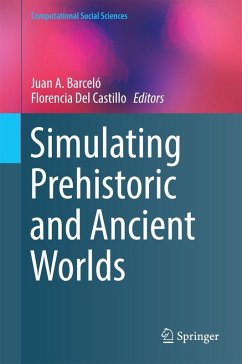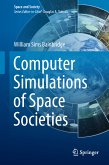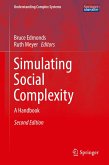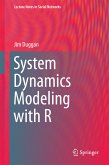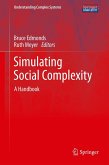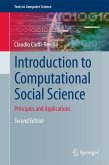This book presents a unique selection of fully reviewed, extended papers originally presented at the Social Simulation Simulation Conference 2014 in Barcelona, Spain. Only papers on the simulation of historical processes have been selected, the aim being to present theories and methods of computer simulation that can be relevant to understanding the past. Applications range from the Paleolithic and the origins of social life up to the Roman Empire and Early Modern societies. Case studies from Europe, America, Africa and Asia have been selected for publication. The extensive introduction offers a thorough review of the computer simulation of social dynamics in past societies as a means of understanding human history. This book will be of great interest to researchers in the social sciences, archaeology, evolutionary anthropology, and social history.
Dieser Download kann aus rechtlichen Gründen nur mit Rechnungsadresse in A, B, BG, CY, CZ, D, DK, EW, E, FIN, F, GR, HR, H, IRL, I, LT, L, LR, M, NL, PL, P, R, S, SLO, SK ausgeliefert werden.

